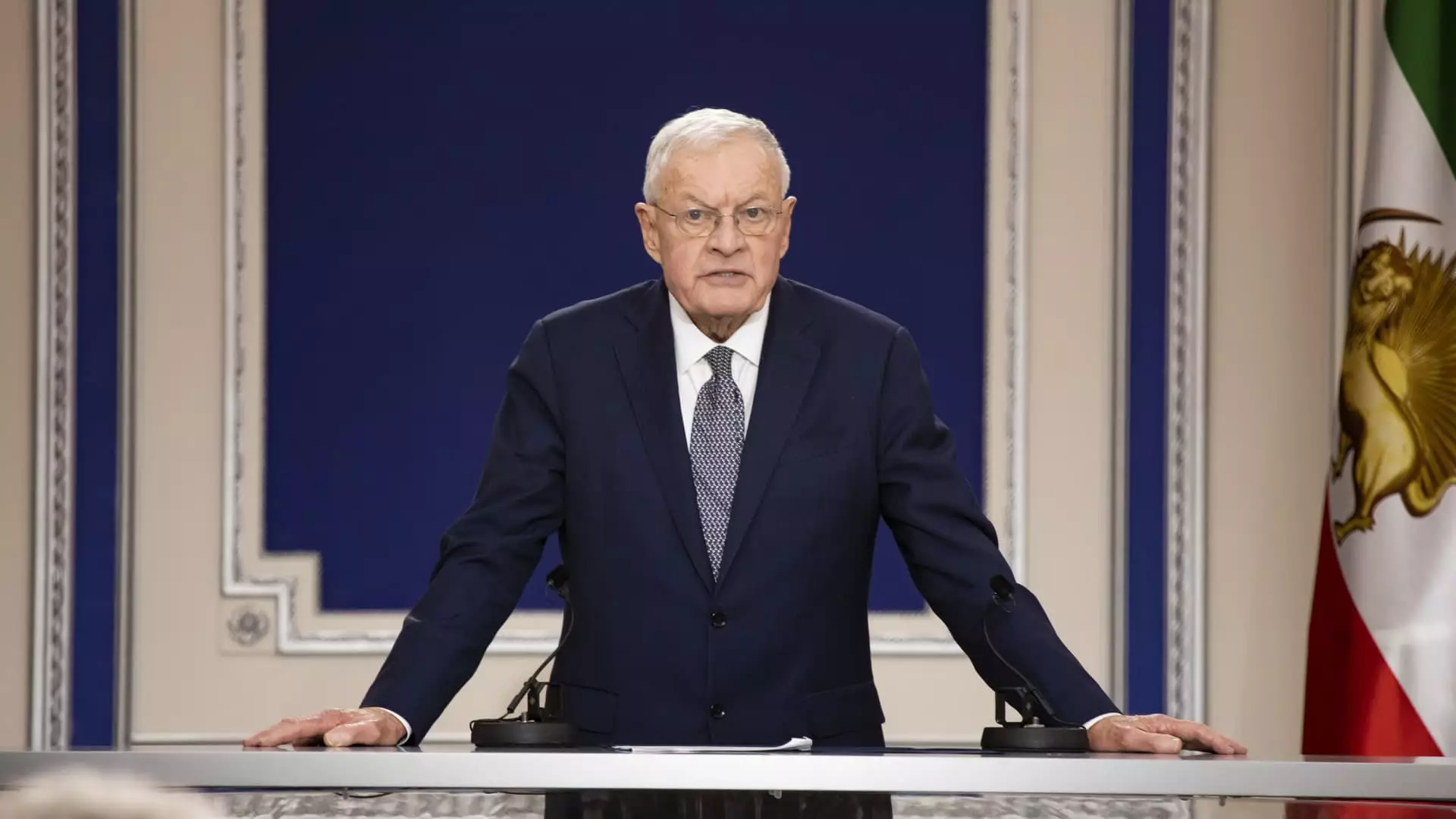The diplomatic landscape surrounding the ongoing conflict between Russia and Ukraine has seen significant discussions recently, particularly at the Munich Security Conference. A poignant statement from U.S. Special Presidential Envoy Keith Kellogg suggests the potential for a breakthrough peace plan in the near future. The urgency and timeline of diplomatic negotiations, however, demand both swift actions and inclusive strategies that consider the diverse stakeholders involved.
Kellogg’s assertion that a peace plan could materialize within days or weeks emphasizes the pressing need for resolution in an escalating conflict that has profound implications not only for Europe but also for global stability. His use of the phrase “I’m on Trump time” serves as a reminder of the previous administration’s approach to foreign policy, characterized by rapid decision-making and an expectation of immediate results. However, while urgency is essential, there is a crucial distinction to be made between hasty negotiations and thoughtfully constructed agreements. A mere sprint towards an agreement could eclipse the long-term sustainability crucial for peace.
Kellogg’s reference to a “dual-track” approach is pivotal; it symbolizes a sophisticated diplomatic strategy wherein U.S. representatives engage both with Russia and with Ukraine, along with allied nations. This bifurcated dialogue aims to respect the distinct needs and positions of each party, yet it raises concerns about how effectively these discussions can integrate the interests of regional allies, especially European nations.
A significant aspect of Kellogg’s address is his insistence that Ukraine and Europe must be integral to any peace negotiations. This perspective contrasts sharply with earlier U.S. indications that negotiations could proceed without comprehensive considerations of these parties. In international diplomacy, exclusion can breed resentment and undermine trust, thereby obstructing any viable path to a lasting agreement. Kellogg’s commitment to ensuring that allies are included in discussions—albeit possibly not physically present at the negotiating table—reflects a growing awareness that sustainable peace cannot be forged in a vacuum.
The inclusion of diverse perspectives is further echoed by the voices of international leaders such as Croatia’s Prime Minister Andrej Plenković, who underscored the necessity of maintaining Ukraine’s territorial integrity in any peace deal. Political acceptance and the acknowledgment of long-standing transatlantic ties are paramount to fostering a cohesive response to this crisis. The dynamics of transatlantic collaboration must remain at the forefront of discussions to reassure European allies regarding U.S. intentions.
Despite Kellogg’s proactive stance on including European interests, apprehensions linger regarding the potential sidelining of the EU in these pivotal negotiations. Iceland’s Prime Minister Kristrún Frostadóttir articulated a sentiment resonating across Europe—that uncertainty about U.S. objectives leads to trepidation among European leaders. A clear and consistent message from Washington is essential to dispel doubts and foster a cohesive approach to diplomatic efforts.
Kellogg’s admission of the current inability to outline a concrete security guarantee for Ukraine only serves to amplify concerns over the adequacy of U.S. responses. Without a transparent framework for security assurances that encompasses the perspectives of all involved parties, from Eastern Europe to Washington, skepticism could thwart any goodwill acquired during negotiations.
Looking ahead, the primary challenge rests not just in the crafting of a peace agreement, but also in ensuring that it is grounded in inclusivity, mutual respect, and the consideration of all relevant stakeholders. As discussions progress, the emphasis must be on sustainable solutions that respect the rights and aspirations of all parties involved. Recognizing the diverse geopolitical landscape while engaging in meaningful dialogue may well be the key to breaking through the complexities of this multifaceted conflict.
Ultimately, success will hinge on the ability of diplomats to foster a collaborative atmosphere that embraces both urgency and inclusion—a delicate balance that can either pave the way toward a durable peace or risk plunging the region back into turmoil.

Leave a Reply